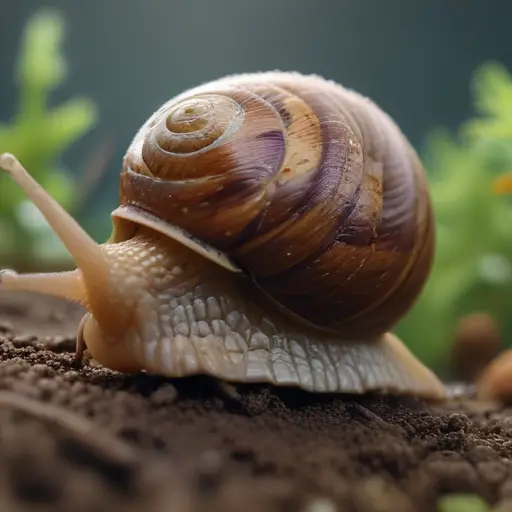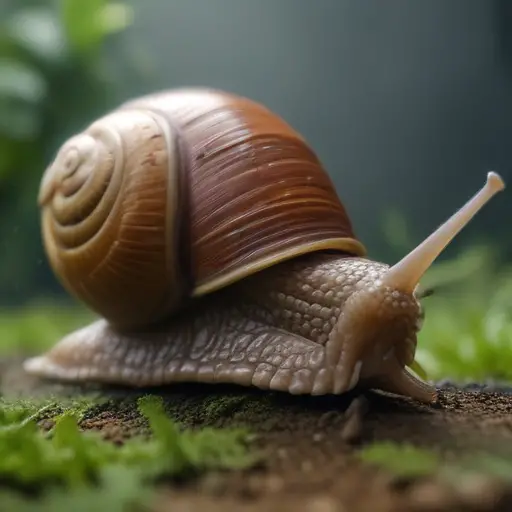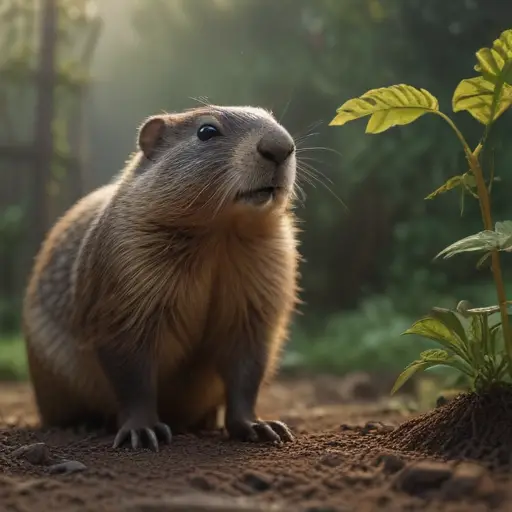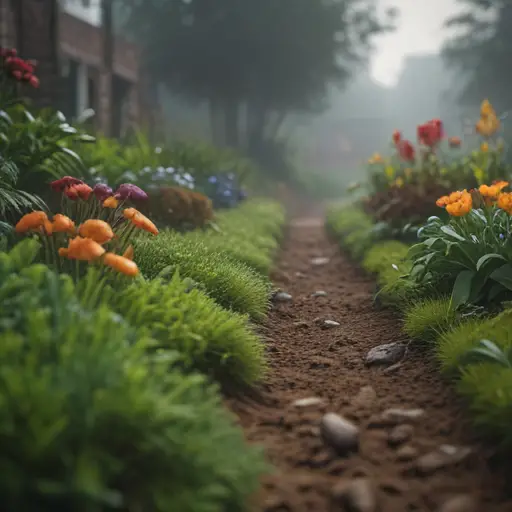What Do Garden Snails Eat?
The Dietary Preferences of Garden Snails
Garden snails have quite the refined palate when it comes to their dietary preferences. These slimy little creatures are known to munch on a variety of plants, including lettuce, cabbage, and even strawberries. They also enjoy feasting on decaying matter, such as fallen leaves and rotting fruits. Some snails have even been caught sneaking into the compost bin for a late-night snack. So, if you ever find your garden looking a little worse for wear, you may want to investigate for any suspicious snail activity. Just remember, these little guys may be slow, but they sure know how to chow down.
A Look at Snail Feeding Habits
Garden snails are known to be herbivores, feeding on a wide variety of plants and vegetables. However, they also have a unique diet preference for calcium-rich foods such as eggshells, which help to strengthen their own shells. This unusual dietary habit helps garden snails maintain their protective outer layer and overall health.
When it comes to snail feeding habits, garden snails are not picky eaters. These voracious creatures will happily munch on a variety of plants, including tender shoots, leaves, and flowers. They also have a penchant for devouring fruits and vegetables, making them a common nuisance in gardens and farms. Snails use their radula, a specialized feeding organ, to scrape and shred their food before ingesting it. So, if you spot any telltale slime trails in your garden, you can bet that these hungry snails have been on a feeding frenzy. Just remember to keep an eye out for these sneaky snackers before they turn your prized plants into their next meal.
Exploring the Culinary Choices of Garden Snails

Garden snails may not be the first creatures that come to mind when thinking about culinary choices, but these little gastropods have quite the diverse diet. From leafy greens to juicy fruits, snails are known for their eclectic taste in food. They are particularly fond of tender plant shoots, leaves, and flowers, making them a common pest in gardens and farms. Their feeding habits can leave a trail of destruction in their wake, as they munch their way through a variety of crops and ornamental plants.
One of the most interesting aspects of snail feeding behavior is their ability to consume a wide range of foods, including both living plants and decaying matter. In addition to fresh produce, snails also enjoy feasting on rotting fruits, fallen leaves, and even compost. This scavenging behavior helps them to obtain essential nutrients and minerals that may be lacking in their primary plant-based diet. It’s no wonder these little creatures are often found lurking in dark, damp corners of the garden, searching for their next meal.
Despite their reputation as garden pests, snails play an important role in the ecosystem by helping to break down organic matter and recycle nutrients. Their feeding habits contribute to the decomposition process, which in turn enriches the soil and promotes plant growth. While they may be a nuisance to gardeners, snails are simply following their natural instincts to forage for food and survive in their environment. So, the next time you come across a garden snail munching on your prized plants, remember that they are just trying to satisfy their hunger and play their part in the circle of life.
In some cultures, snails are considered a delicacy and are even featured in traditional dishes. Known as escargot, these edible snails are typically prepared by cooking them with garlic butter and herbs, creating a savory and indulgent appetizer. While the idea of eating snails may not appeal to everyone, their culinary potential is undeniable. Perhaps there is more to these slimy creatures than meets the eye, and their culinary choices could inspire a new appreciation for the humble garden snail. Whether they are seen as pests or gourmet ingredients, one thing is certain – snails have a unique and intriguing relationship with food that continues to fascinate and surprise us.
Understanding the Nutritional Needs of Snails
Garden snails are herbivores and primarily feed on plants, fruits, and vegetables. They have a particular fondness for tender leaves, flowers, and succulent stems.
Understanding the nutritional needs of snails is essential for their health and well-being. While garden snails primarily feed on plants, they also require a balanced diet to thrive. In addition to consuming leafy greens and fruits, snails need calcium-rich foods to maintain their shell strength and overall health. Providing a variety of foods that meet their nutritional requirements is key to ensuring that these little gastropods remain healthy and active in their environment. By understanding their dietary preferences and nutritional needs, we can help support the well-being of these fascinating creatures in our gardens and natural habitats.







